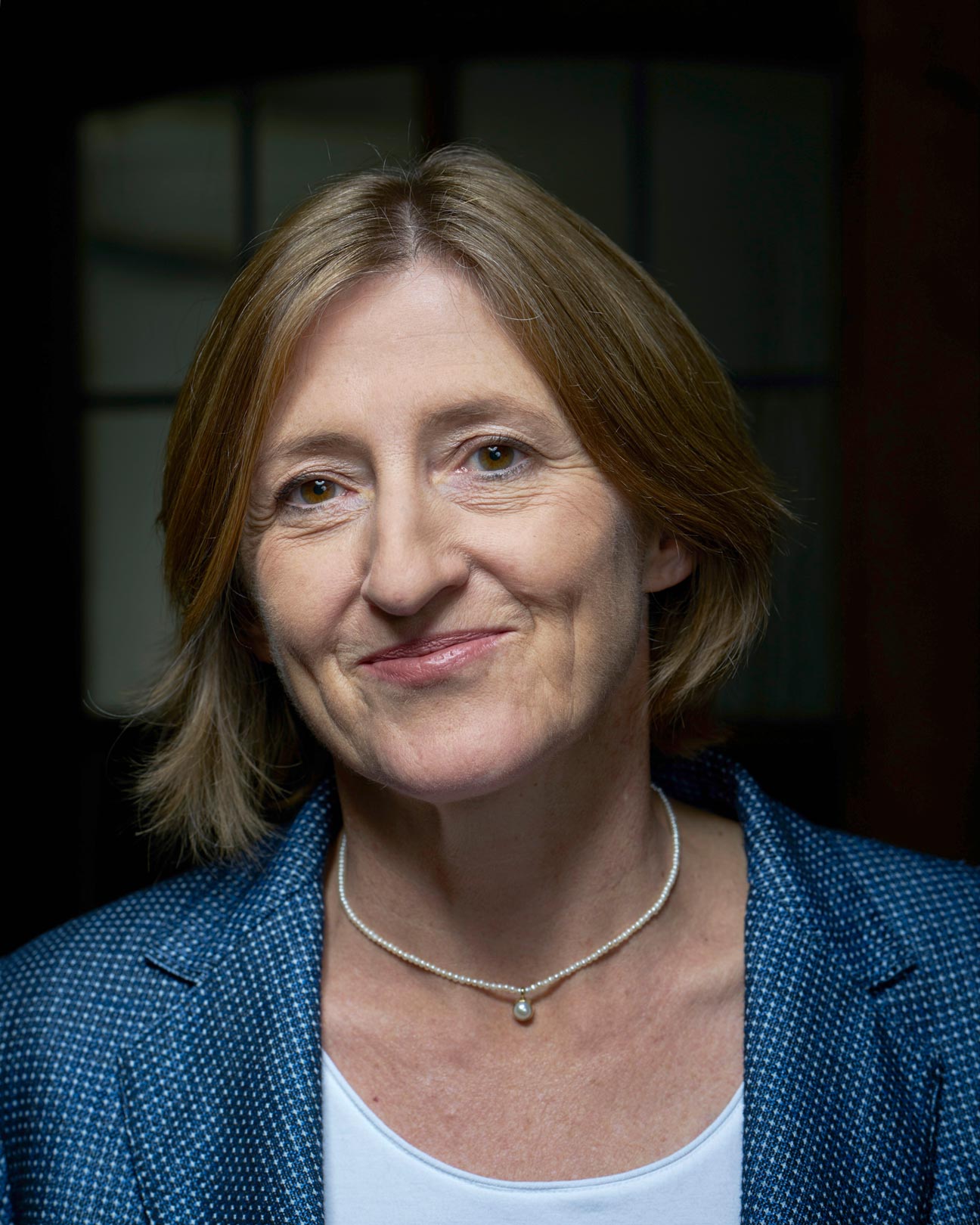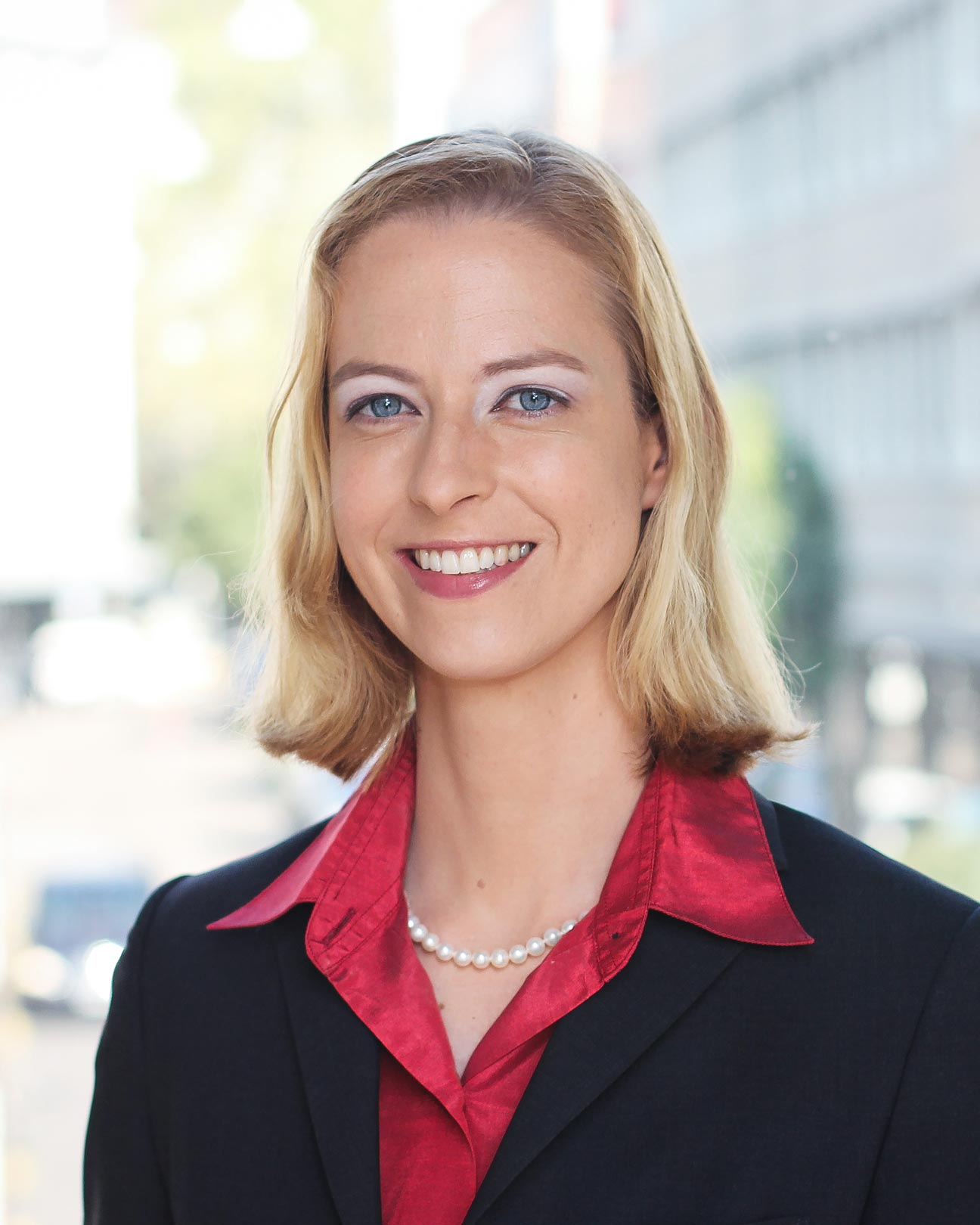Interview with Monika Bütler and Veronica Weisser
The Swiss welfare systems are facing major challenges - first and foremost retirement provision: an aging society, low interest rates for pension provision as well as misguided incentives for early retirement. Where are the limits of the welfare state and what priorities need to be set in order to ensure the future viability of the social systems? These questions were the focus of a lively discussion among the panel of experts at the Wirtschaftspodium Schweiz (see box). After the event, we spoke with two of the panellists, economist Monika Bütler and economist and UBS pension expert Veronica Weisser, about inequalities and injustices in the pension system.
Read our original version in German.
This is a contribution from «Inspired» Nr.14 Magazine by the Department of Economics.
In the discussion, it became clear that the increase of the retirement age for women is a crunch point. The sticking point was that women currently fare worse than men in the Swiss pension system. What needs to be changed so that this is no longer the case?
Monika Bütler: It's complicated. On average, women fare about as well as men in the Swiss state old-age and survivors' insurance system (OASI). Poverty in old age exists primarily among single men and women with children, with the exception of the very well-insured. Given this, it would be better to increase the pensions of single people rather than those of married couples. In the 2nd pillar (occupational pension), women also receive about the same amount as men per franc paid in. The large differences are due to employment profiles and lower wages. A remedy would be the abolition of the "coordination offset" in the Swiss Federal Law on Occupational Retirement and all framework conditions that do not hinder gainful employment, such as individual taxation. A division of the occupational pension contributions – also for unmarried parents during the parental leave period – would also be worth considering.
Veronica Weisser: From a financial point of view, only the state benefits from mothers who work while raising children. This is because the state benefits from the children who help finance the re-allocation processes, i.e. in terms of OASI. this would include health care and other state expenditures. While it is said that children are a private matter, the reality is that they are a compelling necessity as part of the existing state financing structures. With state-funded childcare, more mothers would work more hours, which would in turn ease the shortage of skilled workers. Families would increase their income and as a result pay more taxes. Mothers, or parents, would retain their careers and thus unilaterally fill their 2nd and 3rd pillar accounts. In my view, state-funded childcare is not only the best retirement measure for women, it is also the cornerstone for gender equality. Women would have to choose between career and family less often and would be able to better position themselves in the corporate, political, and social spheres. After all, the lower retirement age is also a reason for lower pensions among women: if you work and save a year less, you automatically have less in your pension fund as well as in your third pillar.
The statutory conversion rate for the 2nd pillar is significantly higher than the current potential returns of the pension funds. What do you suggest to get away from the rigid rates?
Monika Bütler: It makes no sense to legally stipulate a conversion rate, which is influenced by financial markets and demographics. On the other hand, a mechanical coupling of the conversion rate to these parameters is not compatible with the insurance principle (also between generations) in the second pillar. Just one example: during the financial crisis, the conversion rate in Anglo-Saxon funded schemes quickly dropped by a quarter or more. A certain amount of levelling out over time is in line with the spirit of the Swiss professional pension system. It would be possible to delegate the determination of the minimum conversion rate to an independent expert commission. And perhaps the conversion rate could be left entirely to the funds – as in the extra-mandatory system – with appropriate regulation. This has worked quite well so far.
Veronica Weisser: I would recommend separating the savings phase in the pension fund from the payout phase. This model exists in various countries and – drawing on the OASI as a necessary basic safeguard – is the fairest model. This would enable people who have a shorter life expectancy due to illness or because of their profession to receive higher conversion rates. Wealthy people with a long life expectancy would receive lower rates. Currently, the less well off help finance the wealthy. Additionally, by applying such a model, there would never be an unfair burden on the younger generations in the 2nd pillar. The current model does not do justice to either the young or the weaker elderly in society.
Despite tax incentives, not all Swiss people save in their third pillar – some simply lack the funds to do so, while others are unconcerned and would rather spend their money. What incentives are needed to increase the use of this pension solution?
Monika Bütler: In principle, the tax incentives are adequate, the upper limit is reasonable – the 3rd pillar should primarily serve as a pension and not as a means of saving taxes. I consider the possibility of being able to make up missing contribution years to be very important. This benefits the middle class in particular – and those with a somewhat unconventional working career.
Veronica Weisser: There is a very simple measure that every young person can take to secure their own retirement. It is to set up a simple standing order. This way, you automatically save and invest every month, initially in pillar 3a. Those who can save even more also invest in funds. So the question is, how can we persuade people to set up such a simple standing order? On the one hand, we have to make it clear that the State has long since failed in its efforts to "secure" old-age provision. The younger generations must be stripped of the illusion that they will one day be as well off as today's pensioners. On the other hand, we need to explain what personal responsibility means and that it is not complicated at all. Just log on to the banking app and set up a standing order.
The Swiss welfare systems are facing major challenges - first and foremost retirement provision: an aging society, low interest rates for pension provision as well as misguided incentives for early retirement. Where are the limits of the welfare state and what priorities need to be set in order to ensure the future viability of the social systems? These questions were the focus of a lively discussion among the panel of experts at the Wirtschaftspodium Schweiz (see box). After the event, we spoke with two of the panellists, economist Monika Bütler and economist and UBS pension expert Veronica Weisser, about inequalities and injustices in the pension system.
Read our original version in German.
This is a contribution from «Inspired» Nr.14 Magazine by the Department of Economics.

